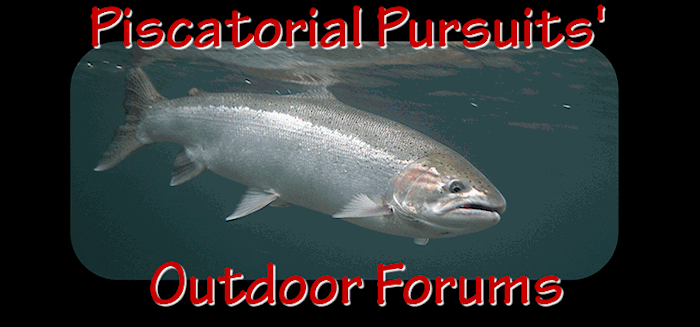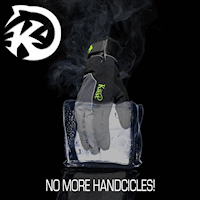Puget Sound Chinook Quest: back for more on the Saltchuck! After last week’s hot bite, we couldn’t resist another crack at the Saltchuck’s Chinook. Launched at zero dark thirty, the air was sharp enough to cut glass, with that clingy Pacific Northwest fog hanging on like the old barfly you swore you’d never dance with again—her grip tighter than a rusted trailer hitch, whispering promises of chrome kings lurking below. The Sound was flat as a lake, and my buddy and I had the boat primed: rods rigged with 20-pound test, a green flasher trailing a hootchie on one, a silver spoon on the other, and the cooler begging for a repeat performance. We’d heard whispers of a slower bite since our last haul, but with Chinook season still kicking, we were ready to grind it out.
We trolled the same deep edges off the Point, where the currents swirl baitfish into a salmon buffet. Lines hit the water as the first gray light crept through the fog, our depthfinder sketching bait schools and the occasional big mark that got our pulses racing. The kicker motor growled its familiar tune, and the coffee thermos kept us sharp as we watched the rods like hawks.
Twenty minutes in, rod one twitched, then buried hard. Ziiiiing! I was on, wrestling a fish that felt like it had a score to settle. This wasn’t a Chinook, though—after a short, scrappy fight, up came a dogfish, all teeth and bad attitude. We shook it loose and sent it back to the depths, no worse for wear. Not long after, rod two jumped, and I was battling another dogfish, this one feistier than the last. Back it went, slinking off with a flick of its tail. The Sound was testing us, but we weren’t here for bottom-dwellers. Midmorning, the fog finally gave up its stranglehold, and the sun turned the water to a mirror. We dropped deeper, chasing the fish as they sulked in the cooler depths. Then, rod one screamed like a banshee. I grabbed it, feeling the raw power of a real contender. This Chinook—a 12-pound hatchery fish—hit like a sledgehammer, peeling line and throwing spray with every headshake. After a seven-minute brawl, we netted it, the clipped adipose fin gleaming like a winning lottery ticket. I snapped a quick photo, grinning like a kid with that chrome slab, and into the cooler it went. Dinner was secured.

My buddy wasn’t done yet. He opens his tackle box with two dozen well worn white plugs, guess his favorite color, every one a proven fish slayer and pulls out a torn up Krilich Killer and ties it on. Ned Krilich Sr. was a prominent fisherman who charted the Puget Sound’s bottom topography (e.g., around Point Defiance) using a sounding line before they had depth finders, gaining a reputation for catching large salmon, including a 52-pound king. He invented the Krilich Killer, a white Alaskan cedar plug with a red slash, designed to resemble a wounded herring. Patented in 1951, it was sold for $3 each and became popular among Puget Sound anglers for its spinning action during trolling. Just past tide change with the Kirilich Killer mojo going, his rod buckled and he was hooked into a wild 16-pounder that danced across the surface like it was auditioning for a highlight reel. It threw everything it had—headshakes, dives, the works—but my buddy played it like a pro. At boatside, we saw the adipose fin and gave it a respectful release, watching it rocket back to the deep with a splash that said, “Not today, boys.” Before we called it, we pulled up a surprise rockfish, its spiky fins and bug eyes earning a quick release to keep the karma clean.
One keeper Chinook, two dogfish, and a rockfish released, plus a wild beauty sent back to the Sound—it wasn’t the haul of last week, but the Saltchuck still delivered. The key? Stick with it, keep your gear tight, and don’t let the fog or the dogfish shake you. Back at the dock, we cleaned that lone keeper under the greedy stares of gulls and a nosy seal, already scheming the next dawn raid. Chinook season’s a fickle beast, fellas—get out there and make it count. Keep your hooks sharp and your ski masks on!














 Previous Topic
Previous Topic Index
Index


